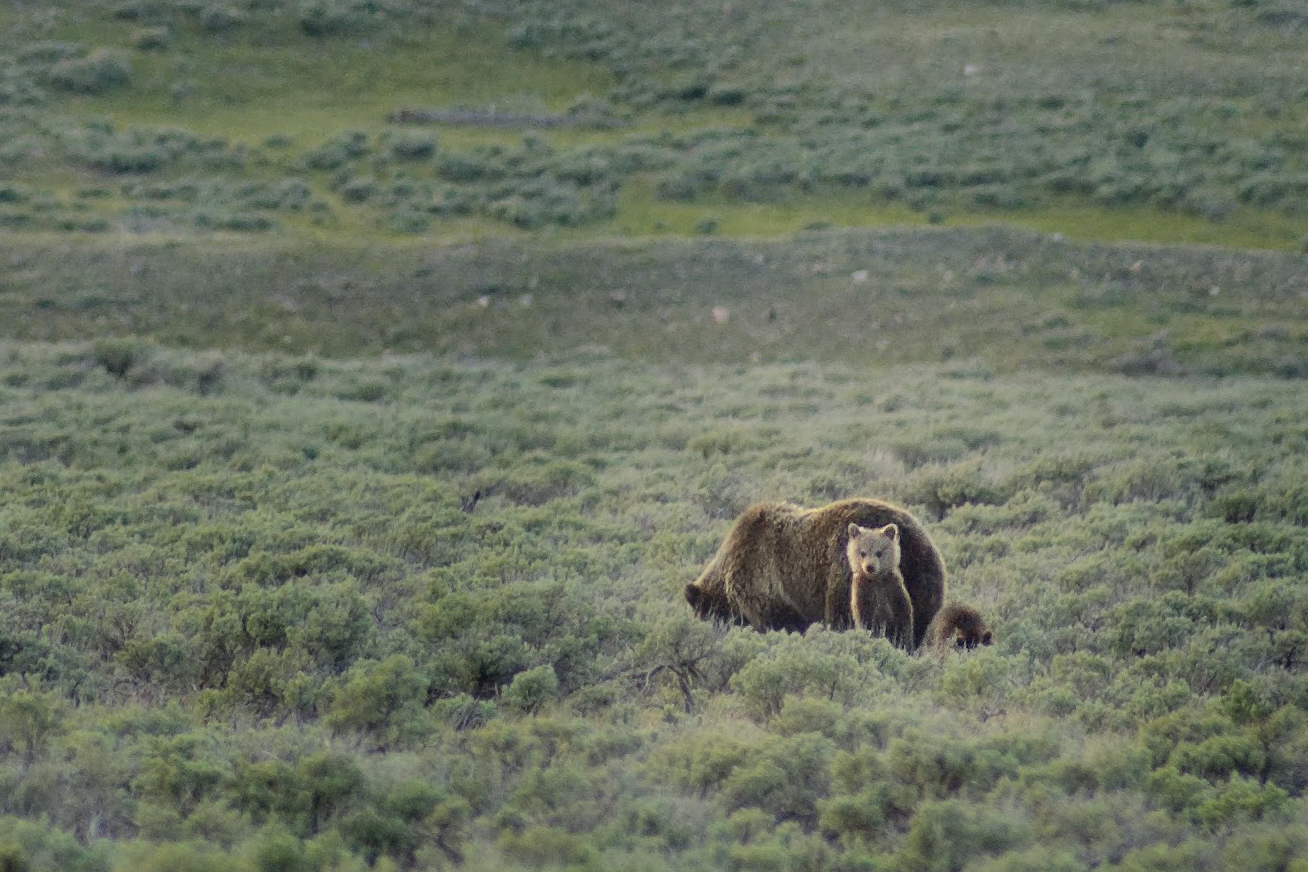New Research Reveals Impact of Human Activities on Grizzly Bear Genetics

New Research Reveals Impact of Human Activities on Grizzly Bear Genetics
New research was published this week in the journal, Molecular Ecology, contributing valuable insights to wildlife conservation efforts and habitat management strategies. The work of ALWRI postdoctoral researcher Eric Palm, research biologist Kathy Zeller, and their colleagues, sheds light on the intricate relationship between habitat type, human activity, and genetics of grizzly bears. The researchers applied a recently developed methodological approach—which considers individual animals at multiple spatial scales—and applied this tool to data gathered on 1156 grizzly bears in Canada's southern Rocky Mountains. They identified landscape characteristics that influence grizzly bear gene flow at different spatial scales, and mapped predicted genetic connectivity through a matrix of varied habitats (rugged terrain, large protected areas, areas with highways, and a growing human footprint). They found, that at all scales, geographic distance and human activity have negative impacts on genetic flow, while at a larger spatial scale, open spaces (spaces with a lack of canopy cover) are also detrimental to connection. Download and read the full paper.